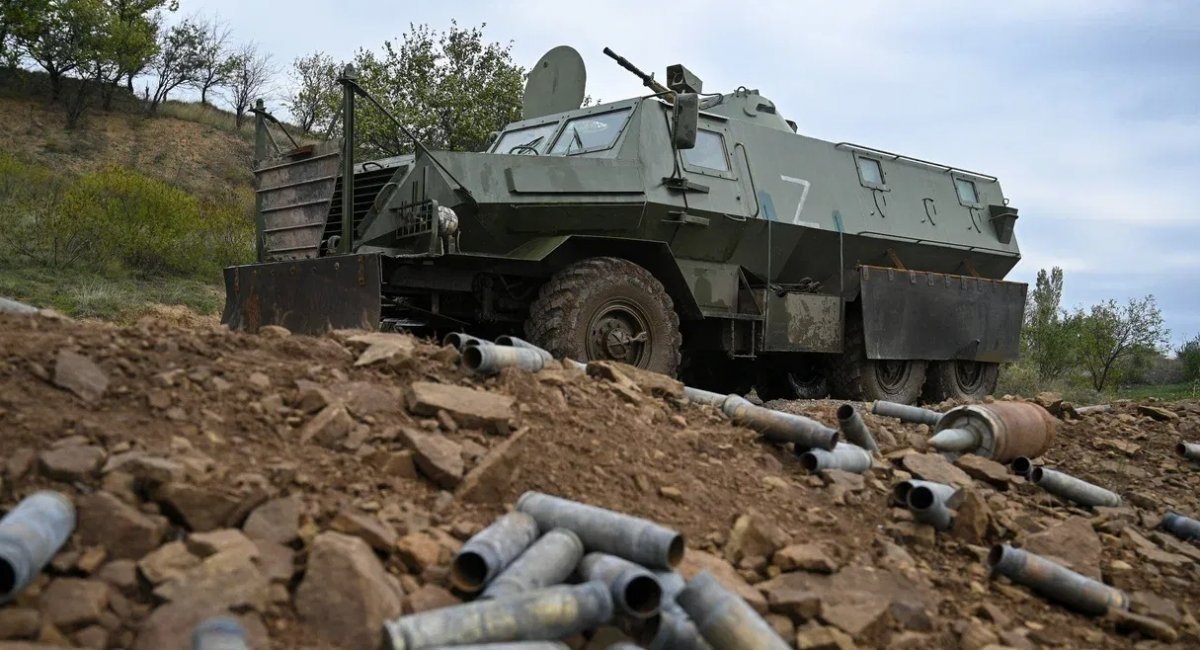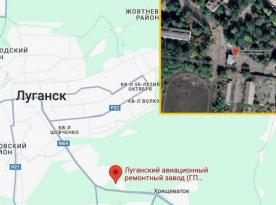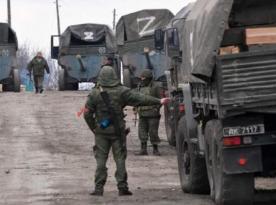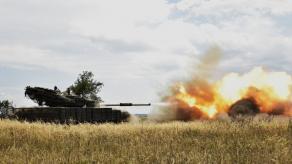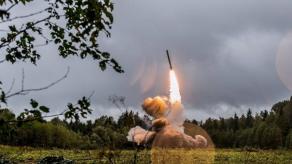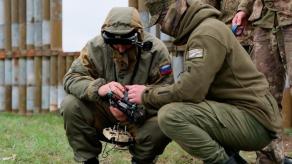Ukraine's city of Bakhmut has become the main focus of russian efforts to advance. The outcome of the battle for this minor city in eastern Ukraine will determine the future course of action of the russian invasion forces and the format of the war that the Kremlin waged on its neighboring country.
In this context, the so-called "Wagner private military company" stands out. The scale of the military operations by this group of russian forces and its rapid burst of growth from about 6,000 up to 30,000 or 40,000 personnel; as well as the transformation this group has undergone from light infantry to heavily equipped units with their own air defense, artillery and aviation deserves special attention.
Read more: Wagner Mercenaries Say They Shoot With Pantsir-S1 SAM Almost "Without Coordination" And See Drawbacks In the Quality
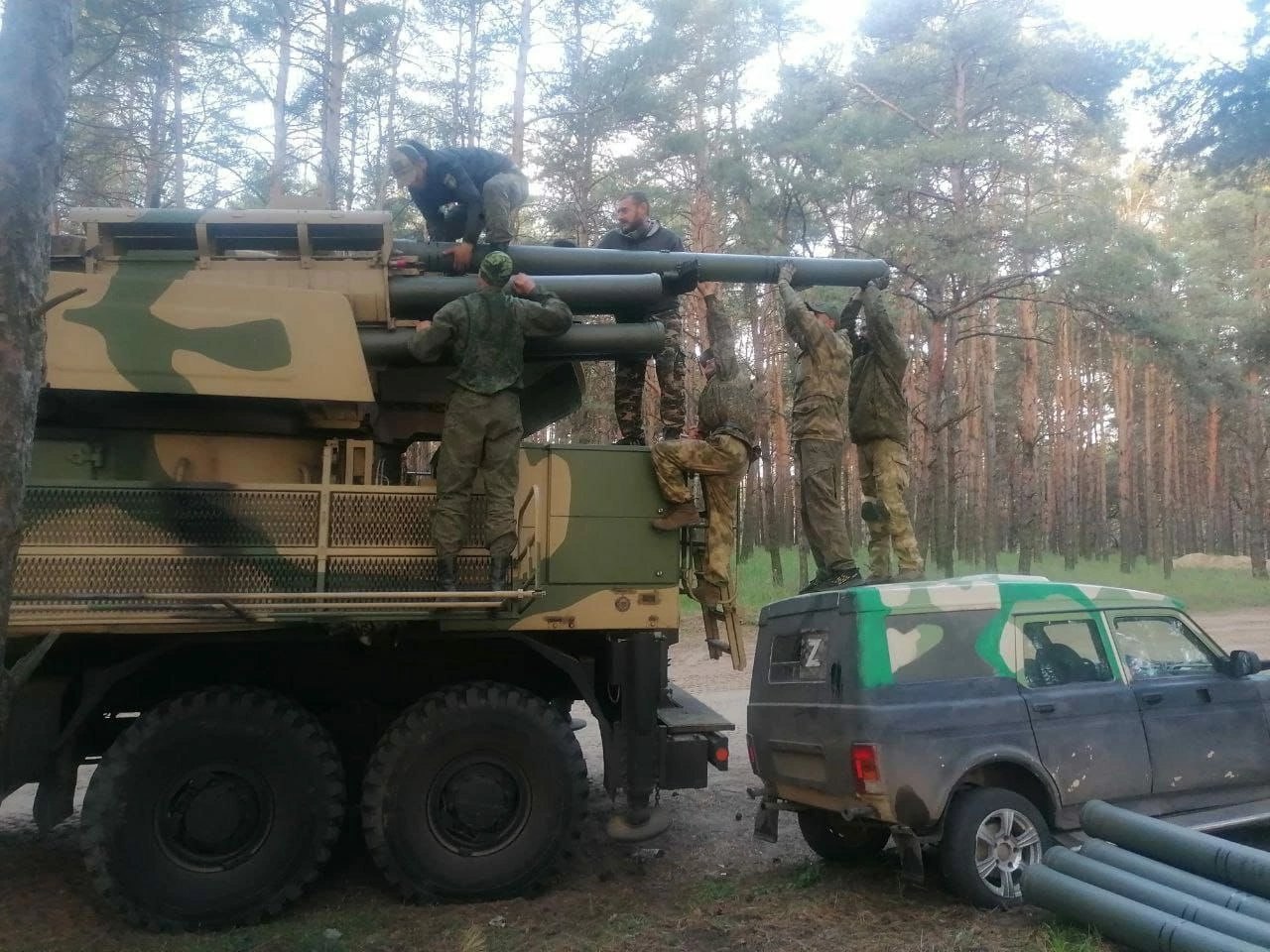
Such focus on Bakhmut may falsely look like the Kremlin has found this city so important that it gave up its operations on the African continent. But no, quite a big group of "Wagner" forces of around 800-1,000 soldiers is still participating in the war in Mali, although it started to experience serious issues with supplies.
The CTC Sentinel highlights that maintaining its position of power in Africa is important for russia in view of the "large-scale strategy" that the russian federation is trying to play against Ukraine. It's about resources and sympathy of the Third World Countries. That is why, for example, "Wagner" has redeployed some part of but not the entire contingent from Libya, and keeps the Mali group the same as before the invasion of Ukraine.
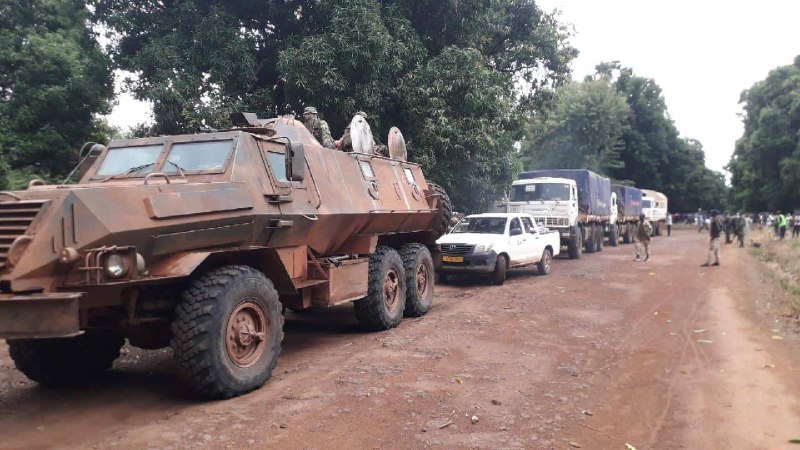
The first "Wagner" mercenaries arrived in Mali in December 2021. They demanded 10,8 million per month and unlimited access to the country's mineral deposits as compensation for its "service" of protecting against jihadists. The local governors agreed to the conditions, as French forces were being withdrawn from Mali at that time. However, from that point on, the actions of the Wagnerites were described by the researchers as "aggravation of the jihadi threat" in order to "capitalize and profit on insecurity" of African states.
A common stereotype about the "Wagner" mercenaries fighting in Ukraine was that before the invasion, the paramilitary company mostly relied on its "elite" forces comprised of former military servicemen but now is forced to train and use "disposable" and ill-prepared prisoners (LINK). But the researchers from the CTC Sentinel are more restrained in their assessments – they state that in Mali as well, the russians used mainly undisciplined, poorly trained and poorly armed fighters. Moreover, since August-September 2022 they had not even received rations to eat from outside the country because all free resources went to the frontline units of the "Wagner" PMC currently fighting in Ukraine.
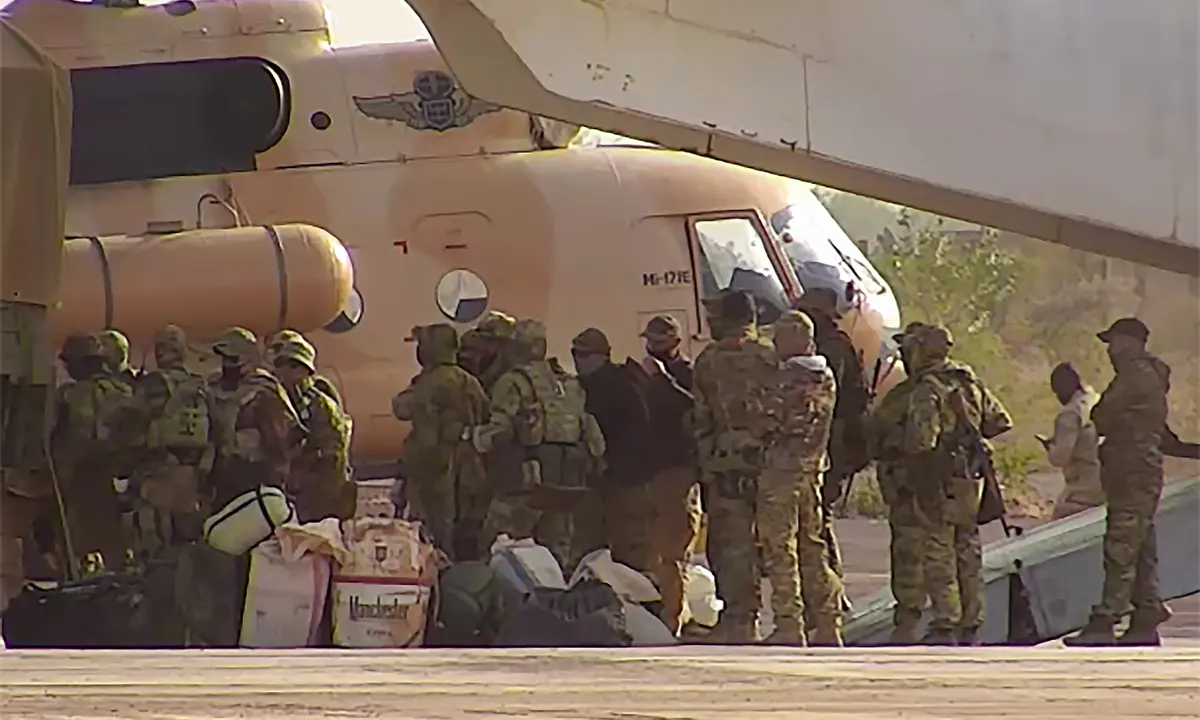
Over the year of presence in Mali, the "Wagnerites" have confronted fighters from Al-Qaeda, the Islamic State, and the JNIM group. The russian mercenaries had no success, though it might seem that units made of the former military should have been "a cut above" the irregular terrorist forces.
For that reason, the "Wagnerites" resorted to their usual tactics of terrorizing the locals by shelling the settlements they claimed to be "strongholds" for the organizations mentioned above. The current state of affairs is well accepted by the governing military junta of Mali but not the local population who start either supporting the jihadists or joining them.
There are voices in the West assuming it is a deliberate strategy adopted by the Kremlin to destabilize the situation in Western Africa. However, this strategy now lies on the shoulders of a mere thousand poorly-trained Wagnerites left without logistical support.

Read more: Wagner Military Group Use a Rare Reincarnation of the Soviet BTR-152 in Ukraine




